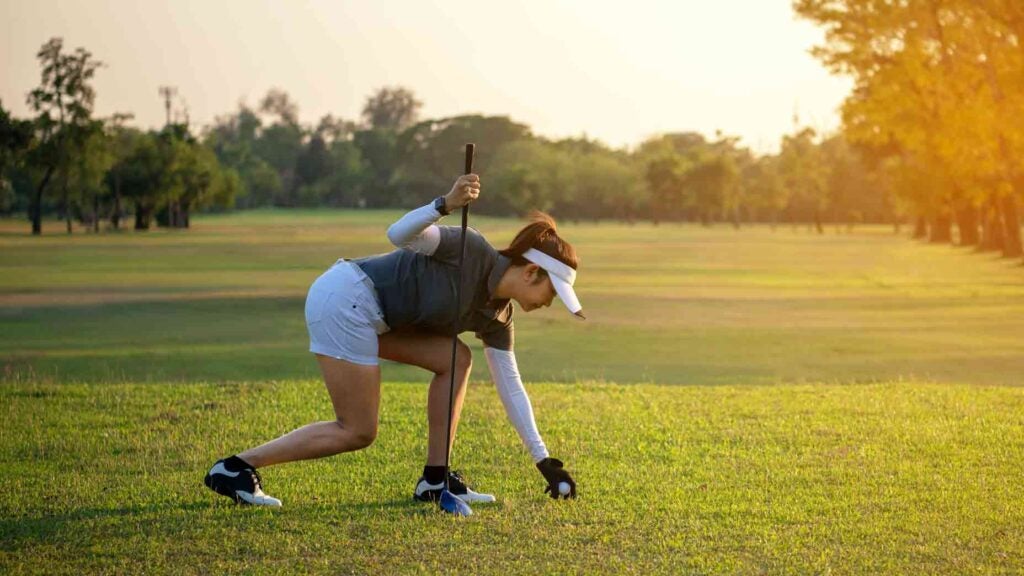For many players, simply getting off the tee is more than half the battle when they’re playing a given hole.
If you’re prone to making mistakes like missing the fairway wide right or left, or simply making good enough contact to get the ball airborne or moving in a positive direction, the tee ball is hugely important for setting the stage for the rest of your hole, not to mention your round.
That’s why I asked Chevy Chase Club Director of Instruction Sarah Stone for her take on the the biggest mistakes amateurs make off the tee. Check them out below.
5 biggest mistakes amateurs make off the tee
Tee height
“I have a lot,” Stone said with a laugh. “No. 1: Tee hight matters. Most people are so anxious on the first tee that they aren’t even paying attention to how high or low the tee is, and that will actually influence what happens with ball contact and club direction.”
Teeing position
“The second biggest thing amateurs don’t realize is, they don’t utilize the tee box to help them with where their ball is going to curve,” Stone said.
Stone likened the tee box to a breaking putt on a putting green, saying that if players know their general ball flight, they should strategize their starting position on the tee to maximize or minimize that flight. For example, player who hits a slice or fade would be better off hitting from the right side of the tee box, because then they will aim left, with the ball ideally coming back in to the right.
Ball position
Ball position was another fundamental that Stone says is often overlooked.
“Who hasn’t been told they’re supposed to play the ball in line with their left foot?” Stone said. “Most people are holding the club with so much tension, they step out, and now their shoulders are aimed so far left, and their swing path is following that. They’re doing what they’ve been told, but the ball is going left or right or curving too much.”
Tension
Stone says that amateurs need to avoid having too much tension at address.
“Amateurs tend to lock their arms, and then they can’t extend, and they end up topping it,” she said. “I suggest doing the opposite: soften your arms, and then swing.”
Clubface
Finally, Stone says amateurs should avoid trying to direct their clubface to the target.
“Many amateurs don’t know how the clubface is supposed to sit on the ground, so they turn it toward the target at address,” Stone said. “That’s problematic, because it closes the face.”
So there you have it. Avoid these pitfalls on your next round!
Sarah Stone, PGA, is one of GOLF’s 2021-22 Teachers to Watch, and is the Director of Instruction at Chevy Chase Club in Bethesda, Md. For more tips from Stone, click here.

